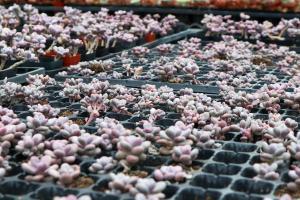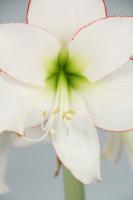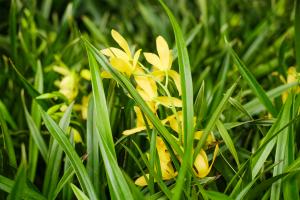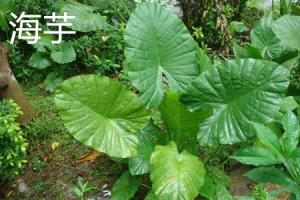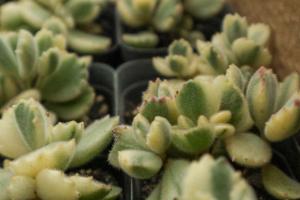Introduction
Winterizing potted hibiscus plants is an important step to ensure they survive the colder months. Hibiscus plants, which come in a variety of colors and sizes, are native to tropical and subtropical regions and therefore, cannot withstand freezing temperatures. This article will provide you with necessary tips and strategies to winterize your potted hibiscus plants and help them thrive for years to come.
Step-by-Step Guide
Here are the steps you should follow to winterize your potted hibiscus plants:
Pruning: Begin by trimming off any dead or dying leaves, branches, or flowers with a sharp pair of pruning shears. This promotes healthy growth and reduces the chance of disease during the winter.
Water: Give your hibiscus plant a good watering before winter sets in. However, do not overwater the plant as this can lead to root rot.
Location: Find a good location for your potted hibiscus plants, one that is protected from cold winds and gets plenty of sunlight. Consider moving your hibiscus plant indoors if the temperature drops below 50°F (10°C)
Insulation: Insulate your pot by wrapping it with burlap or bubble wrap to help your hibiscus plants retain heat and stay warm during the winter.
Soil: Use a heavier soil and place mulch on top to help insulate the roots and protect them from frost damage.
Additional Tips
Here are some additional tips to help winterize your potted hibiscus plants:
Fertilizer: Stop fertilizing your hibiscus plant in the fall, as this will encourage new growth that cannot withstand freezing temperatures.
Pests and Diseases: Check for any pests and diseases that may cause damage to your hibiscus plants during the winter. Treat them as soon as possible to avoid any long-term plant damage.
Watering: During winter, be careful not to water your hibiscus plants too often. Overwatering can lead to root rot, so it is best to wait until the soil is completely dry before watering.
Indoor Care: If you decide to bring your hibiscus plant indoors for the winter, make sure it gets plenty of sunlight and remains in a warm area. Keep an eye on humidity levels and avoid overwatering.
Conclusion
In conclusion, hibiscus plants are beautiful and insightful tropical plants that need special attention during the winter. With proper care and attention, you can successfully winterize your potted hibiscus plants and ensure they will thrive for years to come. Follow these tips and do not forget to check your plant regularly during the winter so that you can detect any issues and solve them on time.

 how many times do yo...
how many times do yo... how many planted tre...
how many planted tre... how many pine trees ...
how many pine trees ... how many pecan trees...
how many pecan trees... how many plants comp...
how many plants comp... how many plants can ...
how many plants can ... how many plants and ...
how many plants and ... how many pepper plan...
how many pepper plan...